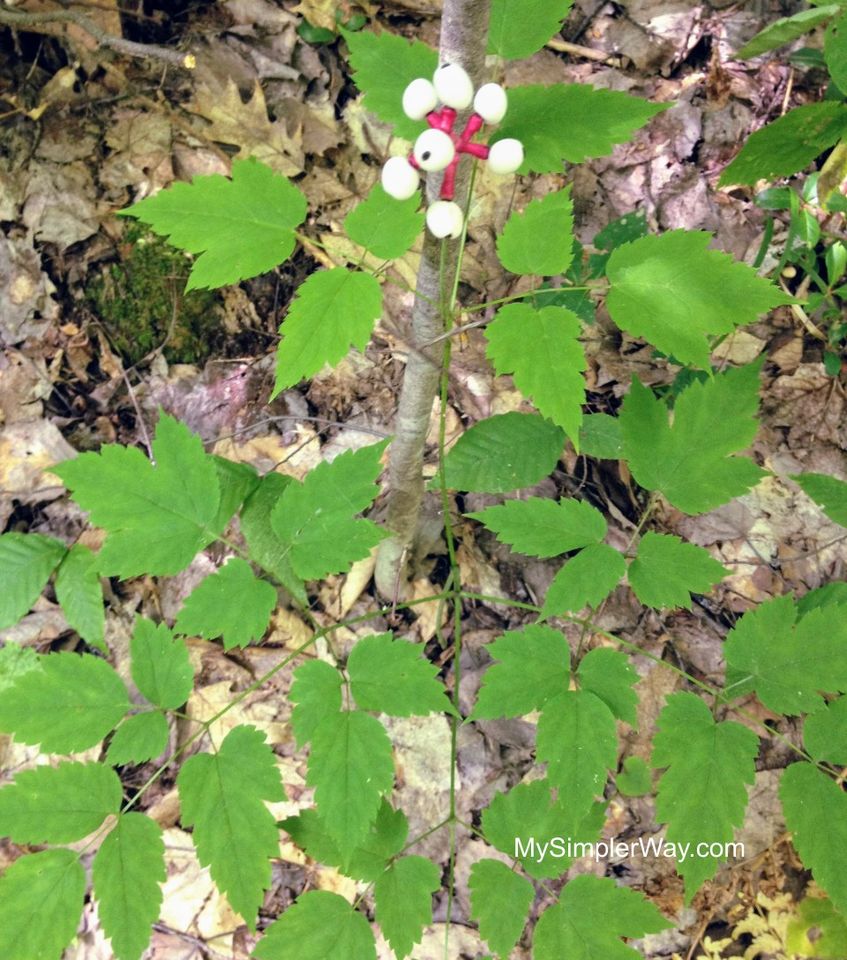Latin Name:
Actaea pachypoda ~ American baneberry species
Actaea spicata ~ European baneberry species
Other Names:
Doll’s Eyes
About
The white baneberry is native to eastern North America and common in woodlands and roadsides. While the delicate flowers are not easily recognizable, the plant’s jagged leaves, along with its distinctive berries make it very easy to identify.
White baneberry is most commonly known as a poisonous plant. The berries and other parts of the plant are known to be toxic and cause severe gastrointestinal inflammation, difficulty breathing, vomiting, diarrhea, and cardiac arrest. Luckily, the berries are acrid and bitter and not likely to be ingested in high-enough amounts to cause serious injury or death. However, like all plants, the white baneberry has valuable medicinal properties when used appropriately. The entire plant, but especially the root, has anticonvulsive, antirheumatic, emmenagogue, hypnotic, oxytocic, and stimulant properties. It has traditionally been used to treat coughs, colds, rheumatism, and syphilis, as well as aid with easing menstrual and childbirth pain.
Homeopathic Use
Actaea spicata is not a commonly used homeopathic remedy but is used for specific cases of rheumatism and stomach ailments, including stomach cancer.
For more information about its homeopathic healing potential, refer to the materia medica on Actaea spicata by Boericke and Actaea spicata by Clarke.

